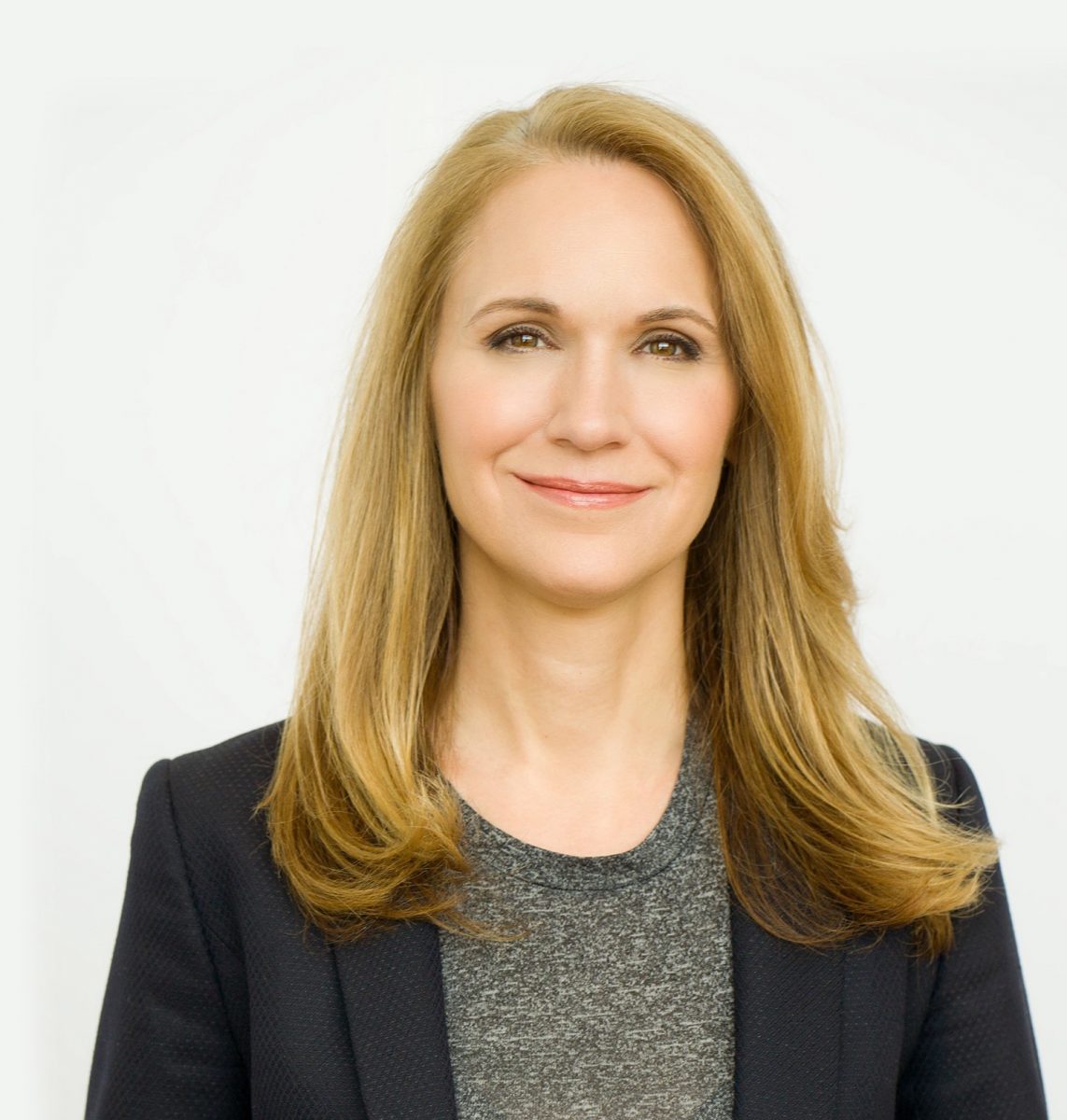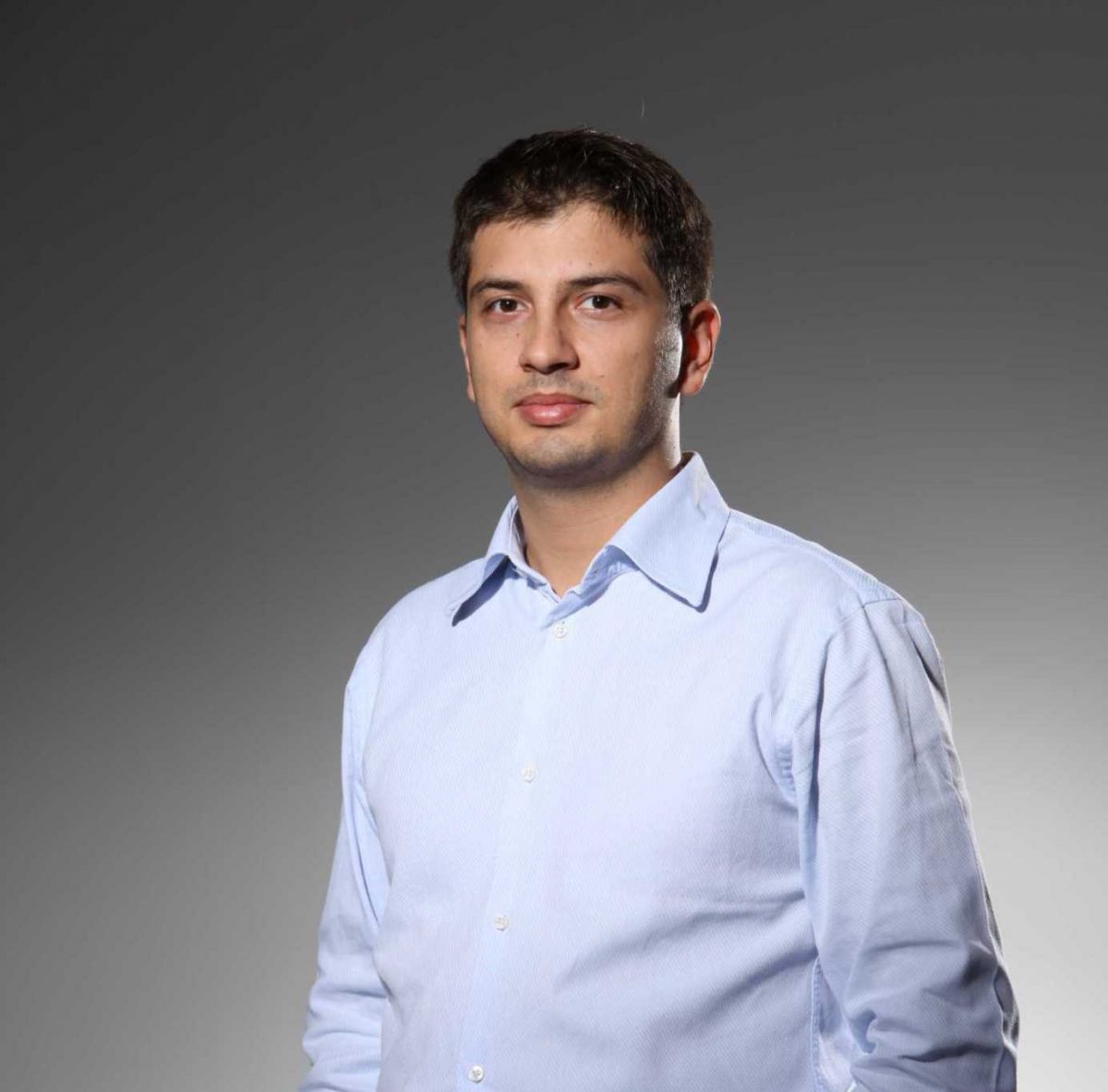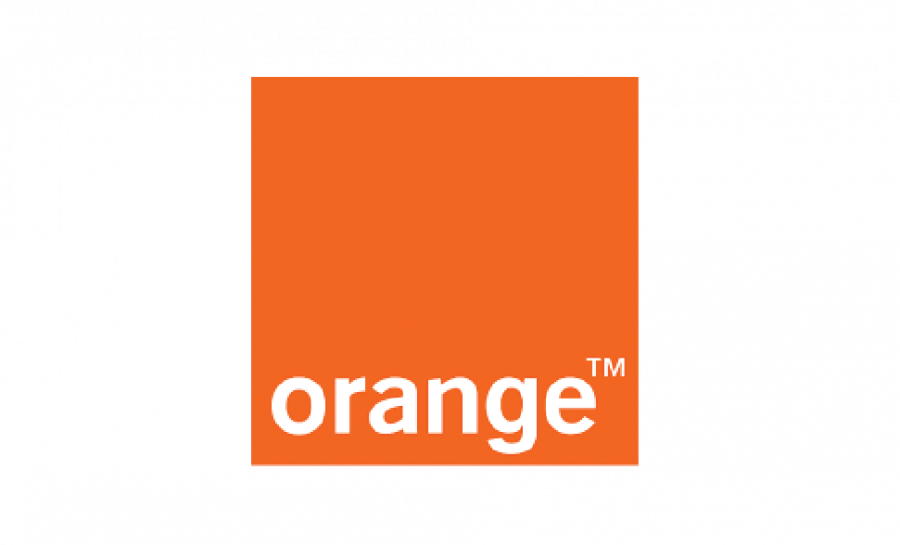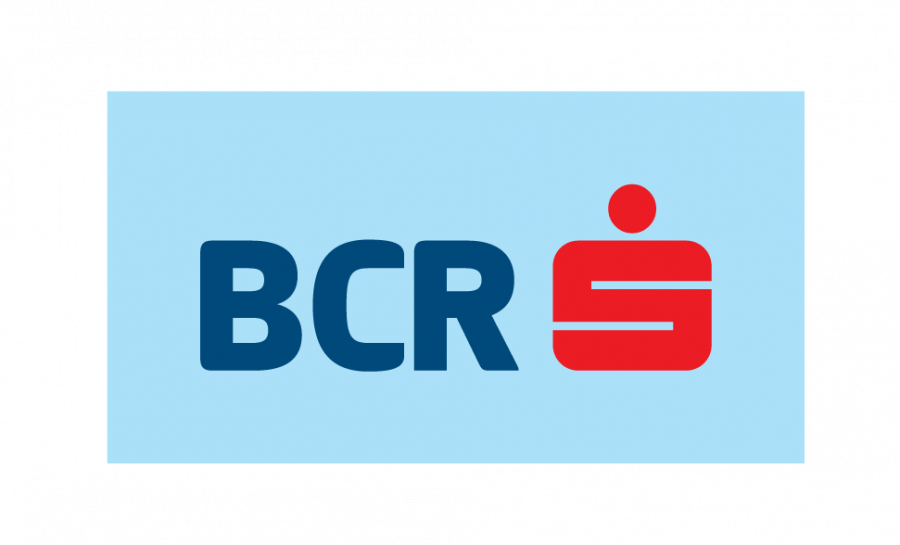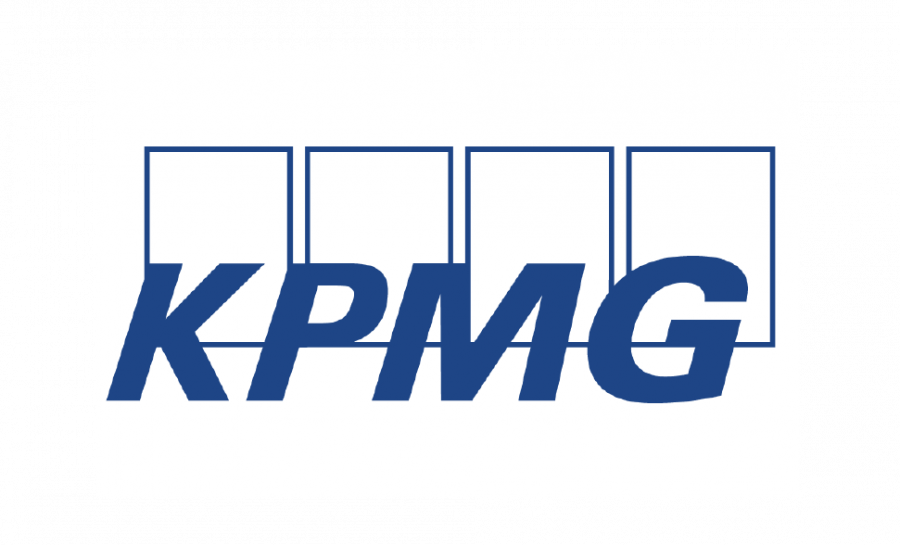28 October, 2019
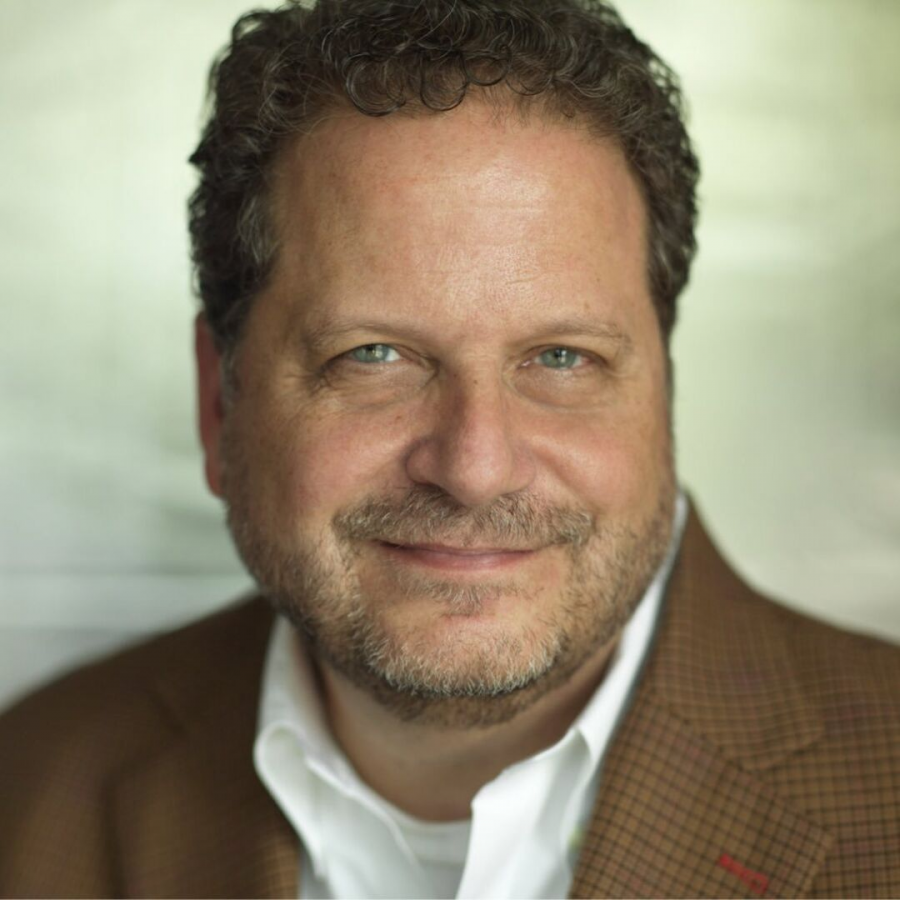
Bob Moesta is a leading product specialist, co-architect and promoter of the Jobs To Be Done theory, a set of principles that later turned into a framework for improving the marketing and innovative business processes. Jobs To Be Done is built on the simple yet essential perspective that people “hire” products and services to get a “job” done.
Bob has further developed this concept in his book Jobs-to-be-Done Handbook and supported the launch of over 3,500 new products, services and businesses across nearly every industry.
This innovation framework is designed with everyday business challenges in mind, and is currently adopted at a global scale, by both the startup and enterprise world.
And yet, JTBD is just one of the aces in Bob’s sleeve, as he is the promoter of 24 other different methods and tools, pursuing innovation and growth, with the sole purpose to deliver bottom-line results: speed up processes, cut costs and improve baseline KPIs.
Educator, founder, maker, innovator, speaker and professor, he is also guest lecturer at The Harvard Business School, MIT Sloan School of Entrepreneurship and Northwestern University’s Kellogg School of Management as well as the President & Co-Founder of The ReWired Group.
What is the concept of Jobs to be done?
A job to be done (JTBD) is both an innovative theory and framework. JTBD helps bring innovation in your business and helps you exceed the reach of your progress, for a higher impact.
The main idea around which JTBD is built is: customers don’t buy products and services but “hire” different solutions at different times to get done a series of required jobs.
Q1: What makes the Jobs-To-Be-Done interview different from other types of customer interviews?
Jobs-to-be-Done interviews are based on a couple of things. One is tbased on traditional market research methodologies and one is based more on interrogation methodologies, both Kremlin intelligence, and it gets to the causality of what causes people to do what they do. And so it’s actually framed around kind of the the context they’re in and the outcome that they seek, and it’s based on kind of the dominoes or the causality that has to happen.
So what you end up with is being able to frame kind of the problem they’re trying to solve, from both sides of what’s pushing them, what’s pulling them, what’s the anxiety, what’s the habit. And so the other part is that we actually start from what we don’t know, what caused them to actually have this new behavior. And so it’s all about hypothesis building. So this isn’t where we go in with a hypothesis, we’re actually using this to actually gather data.
Q2: How do you structure your customer interviews? What’s your strategy?
We actually use two frameworks. One is called the forces of progress, which is our what pushes people in the context that they’re in? What is the outcome that they seek the polls towards the new solution? What are the anxieties they have? And what are the what are the habits they have to break in order to make that progress.
The second is a timeline like any good crime, there’s a sequence of events and you start to realize there’s pushes are there in this case, there’s a first thought, there’s passive looking, there’s active looking, there’s deciding and trade offs and then committing and so part of it is to be able to understand the journey that people go on, in order to make the first decision or make the decision to use something. And so part of this is the interviews are all geared around trying to understand those forces through time, as we understand kind of the sequence of dominoes that have to fall for people to make progress.
Q3: How many interviews should you conduct to make sure the insights you extract are reliable?
What we found is over time is that if you we use something called a design experiment to make sure we we induce variation, rather than wait for variation. So we don’t randomly pick 10 or 12 people, but we can do, we can start to see the beginning of patterns around 10 or 12 interviews. I’ve had people do as many as 50. But the reality is, is you start to see all the dominoes that are on the table around 10 to 12 interviews. I’ve been able to actually with the startups and be and kind of first, first time I’ll say product builders, you can get actually a lot of information from just 10. There is some quantitative methods you can use to make it bigger, but the reality is, is what you’re trying to do is identify the 20% of the causes that represent that 80% of the reasons of why people do something. And so you can do that in as few as 10 reliably.
How do you how do you compile the data for multiple interviews? Well, we do in individual interviews. Usually it’s one person and one story, sometimes it’s two stories. But we’ll have two people interviewing we would call good cop, bad cop, or basically making sure you’ve got two different perspectives on it. The interview last anywhere from 35 to 40 minutes to an hour, one hour and 15 minutes. And it’s all about hearing their story and unpacking what they meant by certain things to get their intent.
After each interview, we then take almost an equal another hour to actually unpack and codify the data in terms of pushes polls, anxieties, habits, context, struggling moment, hire and fire criteria, a whole bunch of different things. And so part of this is really getting people getting their story out and almost codifying the I was called the gigabyte of data we got from their stories.
How you find the best moments for people to sign up or buy from your product that is actually ending up using for a long time? For example, I can’t talk to my best users, I talked to basically people who recently hired because at some point, somebody who’s been using, let’s say, tide or or a lot of detergent for a long time, they actually don’t know. And so they just make stuff up.
But the reality is if you talk to people who actually recently switched, let’s say, from tide to tide, you actually understand kind of the underlying factors that have to be involved in so I can get more from from 10 interviews, and I could 1000 surveys, we end up compiling the data in multiple interviews, basically by using either what we call a contrast method, or a cluster method to find the pathways by which people make progress. And so those pathways are sets of forces. So it’s sets of pushes and pulls that go together, that literally create doors or those pathways by which to happen. So we use sometimes we call the contrast method, or we use some math, to codify the data and use mathematical clustering or next nearest neighbor analysis.
Q4: Where does innovation start?
I previously talked about the 5 skills of an innovator. And I think the the aspect here is that if I look at the the top innovators that I’ve worked with, who are extremely innovative have been able to bring things to market have been both commercially successful as well as you know, have changed the industry’s these five skills kind of represent the the, the process, the methods and the tools, and that different people have different ways of doing it. But it’s really about these five different skills.
One is empathetic perspective, which is they can see things from many different perspectives. Both people perspective, the consumer from the finance from, from a strategy, they can see things from a macro perspective as a strategy, they can see things from a tactical perspective, or a micro perspective of physics. And so they can see things not only that, not only can they see them, but they can see them in a way that makes it that they’re actually objective to it and can actually do it without their judgment. That’s what I mean by empathetic. Another one is the use of systems or what I call causal structures.
Most innovators have a way in which to map and understand how things work. And they use an underlying set system or method that is derived from different mental models of everything from systems thinking, to basically the five forces. And so part of this is being able to understand basically how the world works. Third one is really uncovering demand where they can actually see we’re struggling moments lie and and designed to kind of the progress that consumers are trying to make. The fourth one is really prototyping. And the fifth one is really around this notion of managing trade-offs and making trade-offs.
Q5: What are some of the principles and processes for innovation you have encountered that you find especially interesting?
I think the other thing is to realize that to become a good innovator, you have to basically do it over time, and you have to be you have to develop skills. So I don’t believe there’s actually one process or one right process, I think the process is a function of the company, the industry, kind of the capital associated with the resources, the processes and the values, but but any one of them are acquire a set of skills that literally will help you actually become a better innovator. So to me, it’s mastering those skills that will do there. So helping people understand the skill, the the core skills that they need at least one of the core skills around demand side, uncovering demand and jobs to be done. I hope that was helpful. I can’t get this transcribed if you want
Meet keynoter Bob Moesta at the How to Web Conference 2019 on the October 31 when he will talk about understanding why people hire (and fire) your product! Get your ticket here: https://2019.howtoweb.co/buy-tickets/.
You may also like
5 Questions with April Dunford (author and product positioning expert) - Part 2
Bob Moesta is a leading product specialist, co-architect and promoter of the Jobs To Be Done theory, a set of principles that later turned into a framework for improving the marketing and innovative business processes. Jobs To Be Done is built on the simple yet essential perspective that people “hire” products and services to get… Read more »
5 Questions with Laurentiu Ghenciu (VP of EMEA Sales - 2Checkout)
Bob Moesta is a leading product specialist, co-architect and promoter of the Jobs To Be Done theory, a set of principles that later turned into a framework for improving the marketing and innovative business processes. Jobs To Be Done is built on the simple yet essential perspective that people “hire” products and services to get… Read more »


